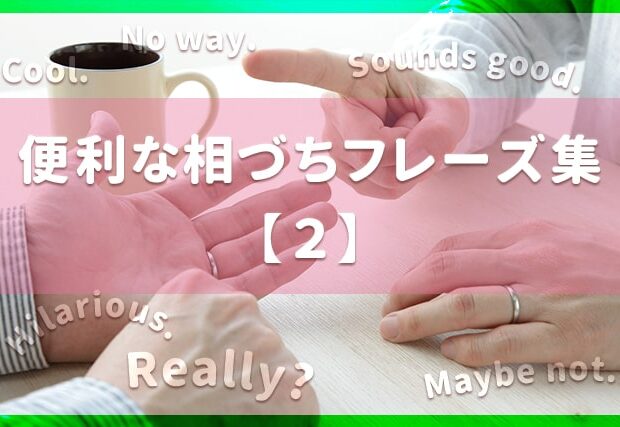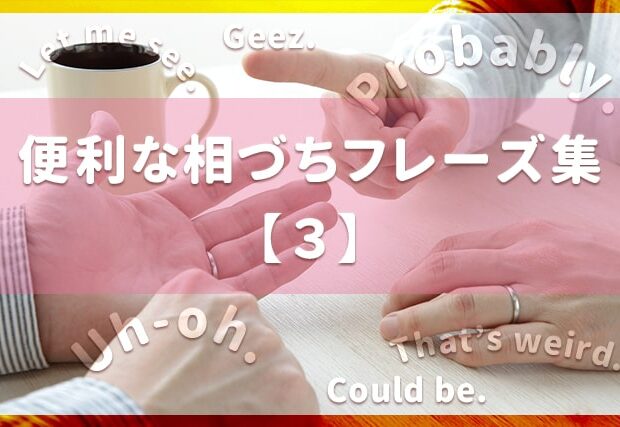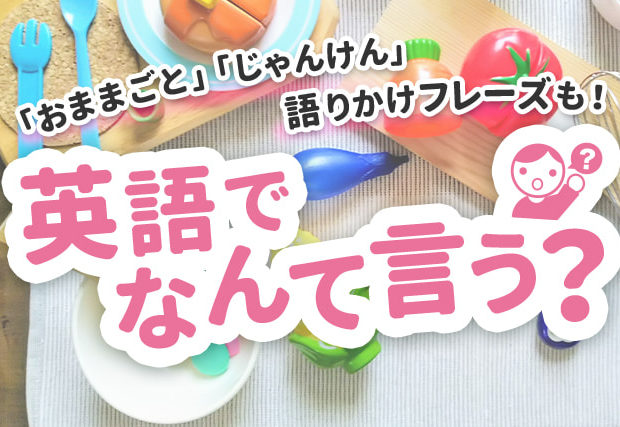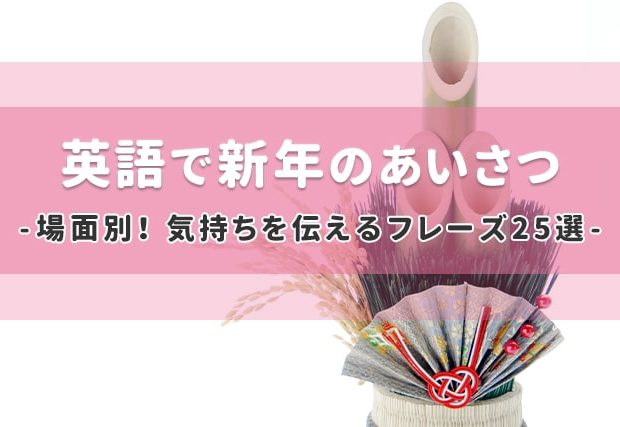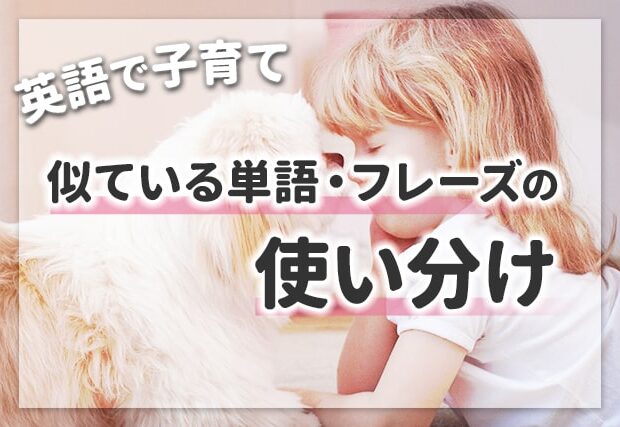相槌はどうやって使う? 英語と日本語の違いも紹介!
日本語では会話の際に自然と使っている「相槌」。英語の相槌も、いくつかパターンを覚えると使いやすいです。
今回は「相槌のバリエーションを増やす4つの方法」と「日本語と英語の相槌文化の違い」をご紹介します。
相槌のバリエーションを増やす方法
1. 疑問形でリピートする
- そうなんだね!【肯定】
- I’m a pilot. → Are you?
- I always walk home. → Do you?
- I went to the zoo. → Did you?
- I’ve been there. → Have you?
- It’s his car. → Is it?
- ~じゃないかな?/~じゃないんだね?【否定】
- It’s not hot. → Isn’t it?
- You don’t look fine → Don’t I?
- She didn’t eat it. → Didn’t she?
- They haven’t done it. → Haven’t they?
2. That’s + 形容詞で作る
- いいね! 最高だね!
- That’s nice!
- That’s cool!
- That’s great!
- That’s amazing!
- That’s wonderful!
- That’s awesome!
- That’s excellent!
- うわ~最悪じゃん。
- That’s terrible.
- That’s awful.
- That’s sad
- That’s too bad.
- That’s horrible.
- That’s unlucky.
3. Sounds + 形容詞で作る
- それいいね。
- Sounds good.
- Sounds nice.
- Sounds great.
- 面白そうだね。
- Sounds interesting.
- Sounds fun.
- おいしそうだね。
- Sounds yummy.
- Sounds delicious.
- 変だね。
- Sounds weird.
- Sounds strange.
4. must be + 形容詞で作る
- That must be ~
- That must be fun.(それは楽しかっただろうね)
- That must be interesting.(それは面白かっただろうね)
- That must be true.(それは本当だろうね)
- You must be ~
- You must be tired.(疲れたでしょう)
- You must be happy.(嬉しいでしょう)
- You must be sad.(悲しいでしょう)
【日本語/英語】相槌文化の違い
相槌は日本と比べ、英語圏では多用されません。比較して見てみましょう。
日本語
英語
話している最中(句読点でも)相槌を多用し「聞いてくれている」という安心感を与える。
相槌のし過ぎは失礼。相手が話し終わって話に区切りがついたタイミングで相槌を入れる。
【会話の例】
A:昨日さ~、
B:うん。
A:映画見に行ったんだけどね、
B:へ~、何見たの?
A:鬼滅の刃!
B:お~! どうだった?
A:めちゃくちゃ面白かった。
B:へ~、いいな~。
【会話の例】
A:I went to see the movie “Demon Slayer” yesterday, and it was fantastic!
B:Wow! That’s awesome.
英語で「相槌を打つ」は「give responses」「nod」などで表現されるようです。
「give responses」も「nod」も、日本語の「会話中に入れる」という感じとはなんとなく違う気がしますね。
ちなみにグーグルで「相槌 英語」と調べると先頭に「Aizuchi」と出ます。上で紹介した文化の違いを考えると、ぴったりの英語って無いのかもしれませんね~。
相槌フレーズ集
相槌のフレーズはこちらにも意味別にまとめてありますので、よければ参考にしてください。






